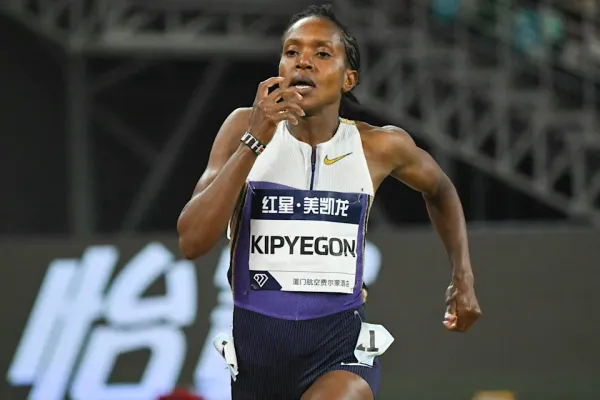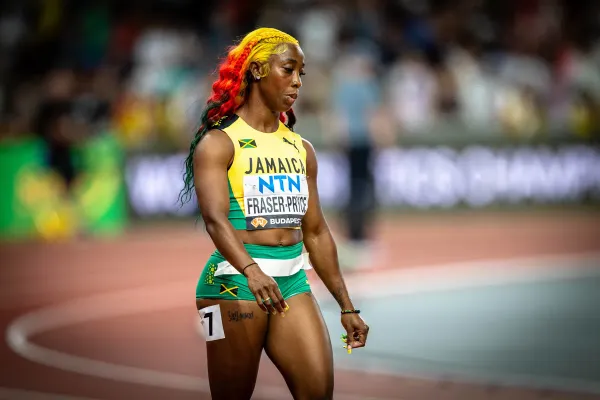Caitlin Clark and the Burden of Brilliance: Inside the Meteoric Rise, Setbacks, and Legacy in Motion
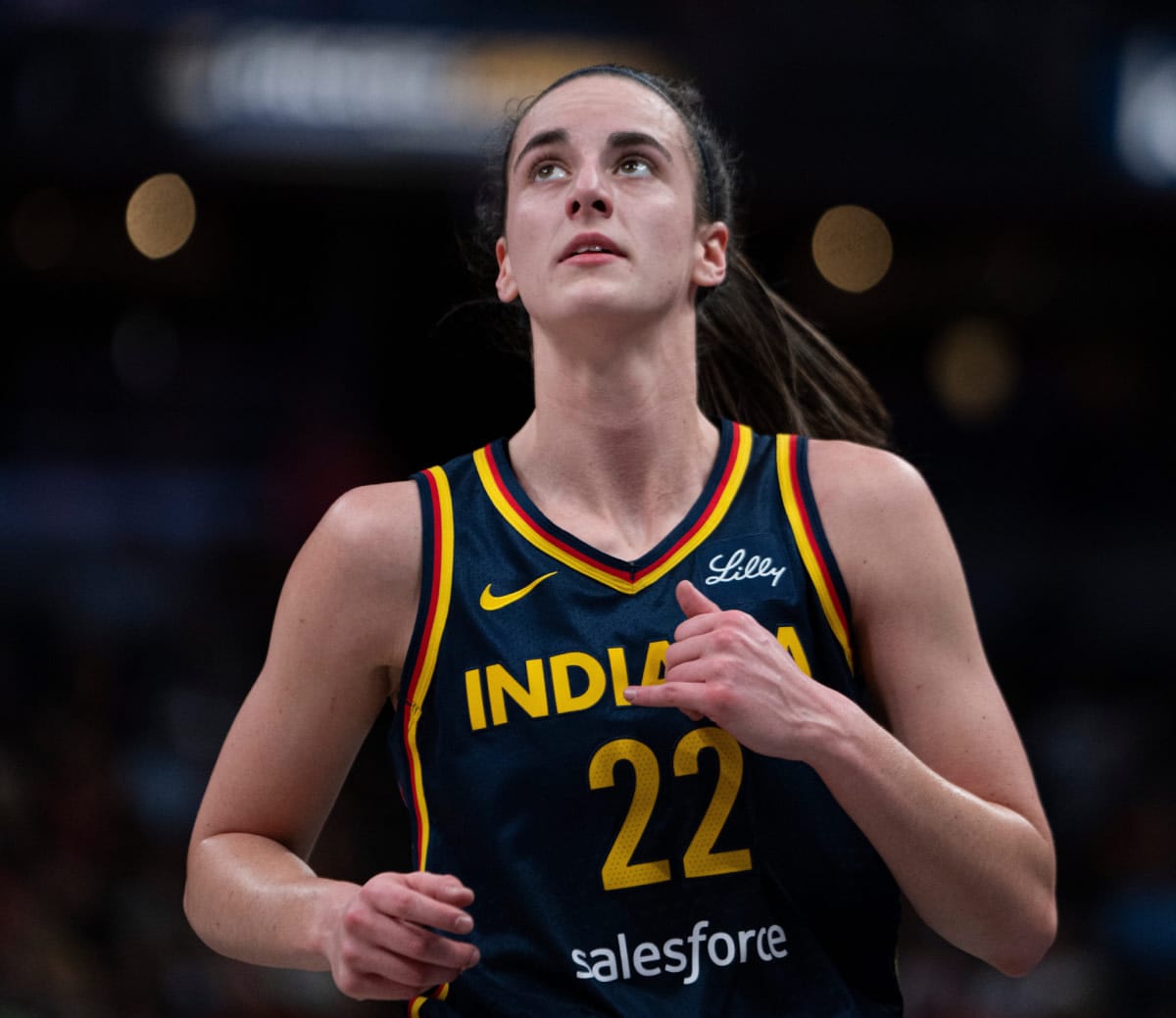
The Debut That Broke the Noise
Caitlin Clark didn’t just enter the WNBA—she cracked it open. After an electrifying college career at Iowa, where she led the NCAA in scoring and assists and became the all-time Division I scoring leader (men or women), Clark was drafted No. 1 overall by the Indiana Fever. The moment she touched down in Indianapolis, ticket sales exploded. The Fever—previously an afterthought even among local fans—became appointment viewing. Road games started selling out. Scalpers began reselling her home opener seats for over $300—a previously unimaginable number in the WNBA.
Her impact on the league was measurable before she even played a minute. According to the WNBA, viewership for the 2024 Draft—her draft—was the most-watched ever, with over 2.5 million viewers tuning in (ESPN). The NBA, WNBA, and NCAA all posted record social media interactions tied to her highlights.
But her debut was more than business metrics. It was emotional. It was cultural. Fans from across demographics and cities, including those who had never watched a women’s basketball game, tuned in because of her. She had transcended her sport. She had become a symbol of change.
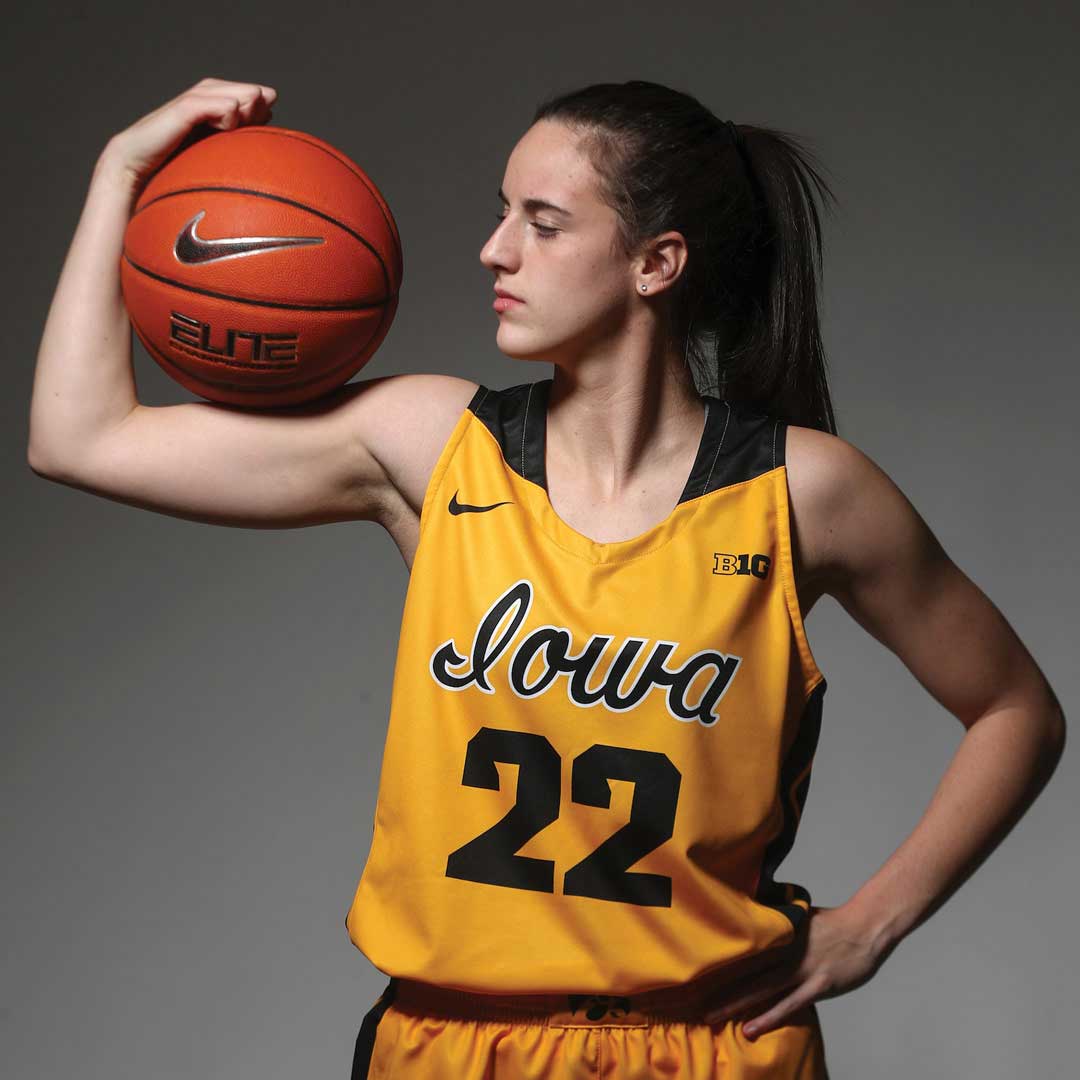
Lighting It Up: A Historic Return
Following a five-game absence due to a left quadriceps strain, Caitlin Clark’s return to action wasn’t cautious—it was explosive. Against the New York Liberty on June 14, she reminded the world exactly why the hype was real. In 34 minutes, she poured in 32 points, nailed seven three-pointers, dished out nine assists, and hauled in eight rebounds.
Stat lines like that are rare for veterans—unheard of for rookies. Clark didn’t just shoot well; she orchestrated the game like a seasoned floor general. She dictated tempo. She baited switches, exploited mismatches, and manipulated defenders with ball fakes that would make Chris Paul nod in approval.
Perhaps most impressive was her willingness to take—and make—shots under pressure. With Sabrina Ionescu guarding her, Clark hit back-to-back threes late in the fourth that shifted momentum permanently. After one of them, she looked toward the Fever bench, expression calm but eyes locked in. She didn’t need to celebrate. Her presence was enough.
Her performance marked a turning point: she wasn’t just a rookie sensation. She was a closer. A clutch scorer. A problem for the league’s best defenses.
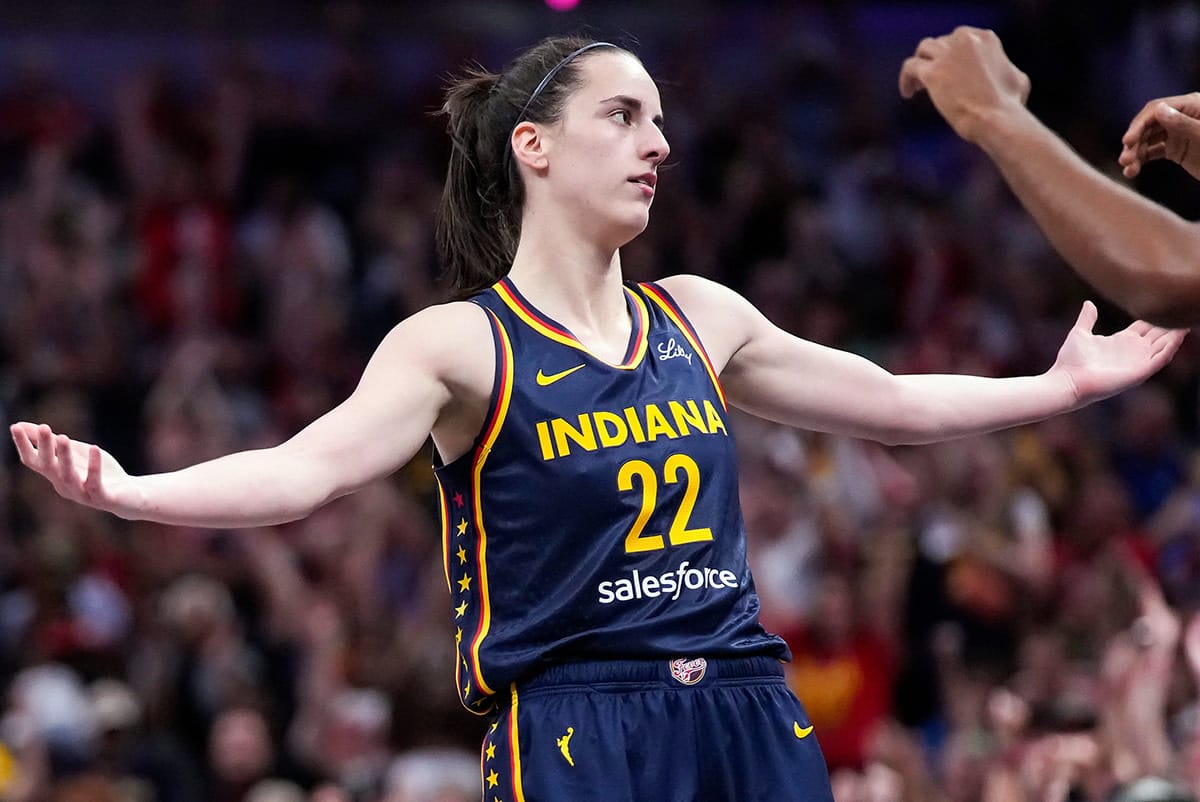
A Body That Can’t Catch Up?
The thrill of her return was short-lived. Just 12 days after her triumphant game against New York, Clark was ruled out of a highly anticipated matchup with the Los Angeles Sparks due to a left groin strain—her second lower-body injury in just over a month. According to team medical staff, the injury was not severe, but “precautionary rest” was advised.
Yet “precautionary” doesn’t capture the full picture. Clark has already absorbed a level of physicality that far exceeds what she faced in college. In nearly every game, she’s blitzed by multiple defenders, faces hard hedges on pick-and-rolls, and frequently takes hits when driving into the paint. The WNBA is faster, heavier, and—by Clark’s own admission—less forgiving.
The quad injury in May followed a stretch of games where she was logging over 35 minutes per night. Many analysts speculated the load wasn’t sustainable, especially for a rookie carrying a playoff-hopeful team.
The groin strain, then, raises a crucial question: How much of Caitlin Clark are we willing to see, and how much are we willing to protect?
In her post-game pressers, Clark rarely complains. But watch her move in warmups and you’ll notice the subtle shifts—shorter strides, more cautious lateral motion. She’s managing more than just minutes. She’s managing an entire league’s expectations on weary legs.
The Caitlin Clark Effect: Beyond the Court
There is no modern athlete—male or female—whose individual presence has impacted their league's infrastructure as quickly and dramatically as Caitlin Clark. Her influence has already triggered national television deals, merchandise surges, and unprecedented spikes in digital engagement.
- Since her debut, Indiana Fever home games have sold out nine consecutive times—a first in franchise history.
- According to Sportico, the team’s valuation has nearly tripled, now estimated around $370 million, largely on the back of her arrival.
- Social media mentions of the WNBA increased over 220% in Q1 of 2025, and Clark’s name accounted for over half of that volume.
But the “Caitlin Clark Effect” comes with complex emotional weight. When she missed five games with the quad strain, national TV ratings for WNBA broadcasts dropped 55%—a staggering figure that raised both eyebrows and concerns about the league’s overreliance on a single player (TalkSport).
She is, for better or worse, the face of the WNBA now. And faces can crack under pressure if not supported.
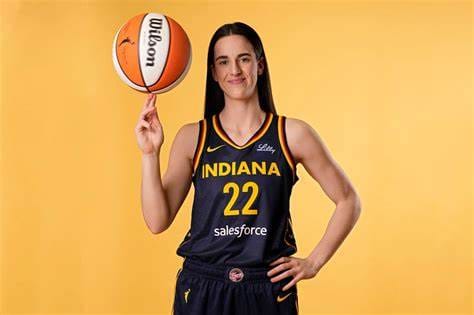
Under the Lights: All-Star Ascent
Despite the injuries, Caitlin Clark remains the centerpiece of fan enthusiasm. With over 515,000 All-Star votes, she leads the WNBA by a wide margin, surpassing Olympians, MVPs, and league legends. If her health allows, she will almost certainly start in the All-Star Game on July 19 in Phoenix (Reuters).
Her likely selection isn’t just a nod to popularity. Her production backs it up. She’s averaging 18.2 points, 8.9 assists, and 5.6 rebounds per game—statistically the most impressive rookie season since Diana Taurasi in 2004. She leads all rookies in assists and is already among the top five in the league (Reuters).
However, her shooting has dipped since the quad injury: just 29.5% from three, and an ice-cold 1-for-23 stretch following her return. Analysts speculate it’s a mix of fatigue, adjusted defensive pressure, and possibly the lingering effects of her leg injury.
Still, her game has matured rapidly. Her assist-to-turnover ratio has improved each week. Her off-ball movement has become sharper. She’s no longer just learning to survive the WNBA—she’s learning how to control it.
The Cost of Carrying the League
Clark’s story is often sanitized—highlighted in corporate packages and sanitized promo reels. But there’s tension underneath. Since her debut, Clark has been the center of national debates ranging from race and gender in sports to athlete compensation and visibility. Some critics argue she overshadows veteran players. Others say the WNBA is finally getting its due because of her magnetism.
She’s been fouled hard. She’s been targeted. She’s been tested. And yet, she hasn’t responded with ego or excuses. When questioned about being left off Team USA’s Olympic roster, Clark simply said, “I’ll be cheering them on like every other fan.”
That level of composure—at 23 years old—is rare. Her restraint isn’t weakness. It’s power. It shows she’s thinking bigger than highlight reels.
But the WNBA must meet her halfway. It can’t just ride her star power. It must invest in protecting her—not just medically, but emotionally and strategically. That means better officiating. Better scheduling. Better marketing around the entire league.
Because no player, no matter how great, should be the sun around which every planet must orbit.
Legacy in Motion
We’re still in Act I of Caitlin Clark’s WNBA story. But the opening chapters are already legendary. From transformative performances to national discourse, from packed arenas to economic uplift, Clark is not just part of the WNBA’s future—she is rewriting it in real time.
But her brilliance comes with risk. And how the league, her coaches, her teammates, and even her fans handle that risk will determine how long this ride lasts.
Because true legacy isn’t just what you do in your prime. It’s how you're cared for on the way there.



